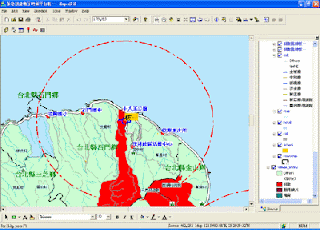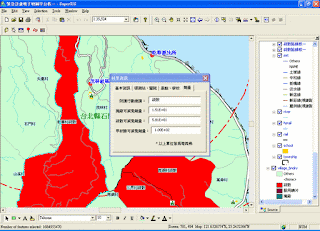In fact, Taiwan Power Company and the Atomic Energy Council of Executive Yuan, have dedicated much effort to developing a set of emergency response system for the three nuclear plants currently operating in Taiwan.
The authorities aim to set up a system that will provide information to the villages close to nuclear plants, and will increase the capability and efficiency of emergency responses during emergency times, and subsequently reduce the number of injuries and deaths to the lowest extent.

Using SuperGIS Desktop as the fundamental platform for updating and displaying data, the Emergency Response Digital Map Platform contains data of village census, locations of nuclear plants and radiation hospitals, evacuation routes, locations of emergency stations, gathering points and accommodation stations.
The government, integrating the data, such as census and nuclear plant locations, onto the GIS platform for display, browse and analysis, can import Excel tables that contain data on the radiation quantity into the system, and the system will read these data to automatically determine whether the villages should evacuate.
For the villages that require evacuation, the system can also dynamically display the gathering points, evacuation route and accommodation stations. With this function, the time for calculation and updating data can be reduced greatly, whereas emergency response decisions can be made much faster. This shall reduce the overall injuries, deaths and property losses.

For complete story of SuperGIS Desktop application to Emergency Response Digital Map Platform, please visit http://www.supergeotek.com/Library_2_200912.aspx



